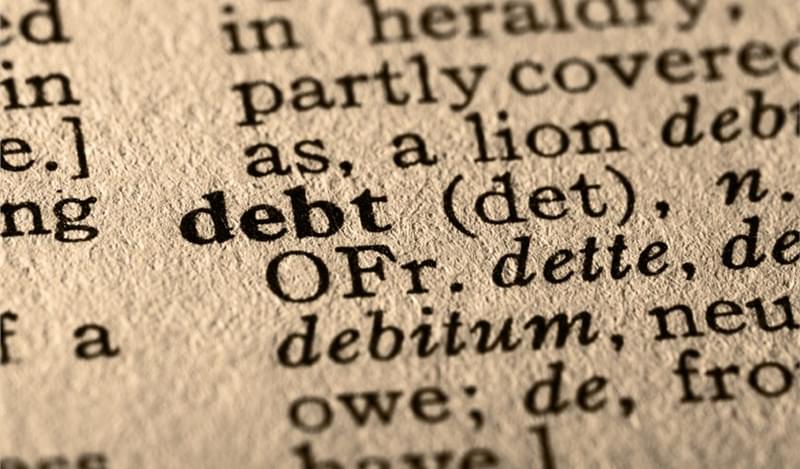Leverage ratios across the corporate space are a significant problem in Brazil due to the volatile currency and low growth environment. Brazil’s real has fluctuated over the past month from 3.57270 to the US dollar to 3.39054 to the dollar.
As a result, many Brazilian companies are looking to refinance their debts. Mining company Samarco, which is owned by Vale and BHP Billiton, are looking to renegotiate US$3.8bn in debt according to a report from Reuters.
The highly leveraged telecoms company Oi has also filed for bankruptcy protection on BRL65bn (US$19bn) of debt. The telecoms company has €230mn in bond repayments due next month, with questions being raised about whether the firm will be able to come to some sort of agreement with investors or face a default.
This could, according to Bloomberg, lead to payments of US$14bn in derivatives contracts.
“Oi is the greatest example of the Brazilian problem because it is the largest bankruptcy in Brazil,” said Wilbur Matthews, CEO and CIO of Vaquero Global Investment.
He added that Oi’s predicament was unique unto itself.
“It embarked on a trail of M&As that created a spider web of problems.”
The company merged with Brasil Telecom Participacoes in a US$3.25bn deal in 2010, which substantially increased its debt leverage.
The restructuring of Oi’s debt will be complex process that will likely take time. This could be further complicated by Brazilian bankruptcy laws.
According to Matthews, Brazil’s bankruptcy laws are a “disaster.” The likelihood of a company that files for bankruptcy then exiting bankruptcy are very low, at around 2% to 4%.
Aside from telecoms, the aviation sector is also experiencing difficulties. Gol is currently struggling to restructure its debt.
The company is looking to get investors on board for the restructuring of US$780mn worth of debt. It has extended its deadline to July 1 and is now offering up to 84% for bonds maturing in 2020, 2022 and 2023, as well as 79% on its perpetual bonds according to Reuters.
“Gol has problems unlike other airlines. It is a Brazilian operator with US dollar fuel and airline costs. It takes a bad business model and magnifies it through the prism of foreign exchange,” Matthews stated. “When it goes against them it is really bad.”
Although the aviation sector, as an asset light business, should be avoided according to Matthews, the telecoms sector in Brazil does still provide good investment opportunities despite Oi’s troubles.
“Most telecoms companies are large corporations backed by multinational players. Oi is the by far the worst name in the sector,” he noted.









